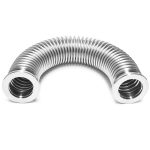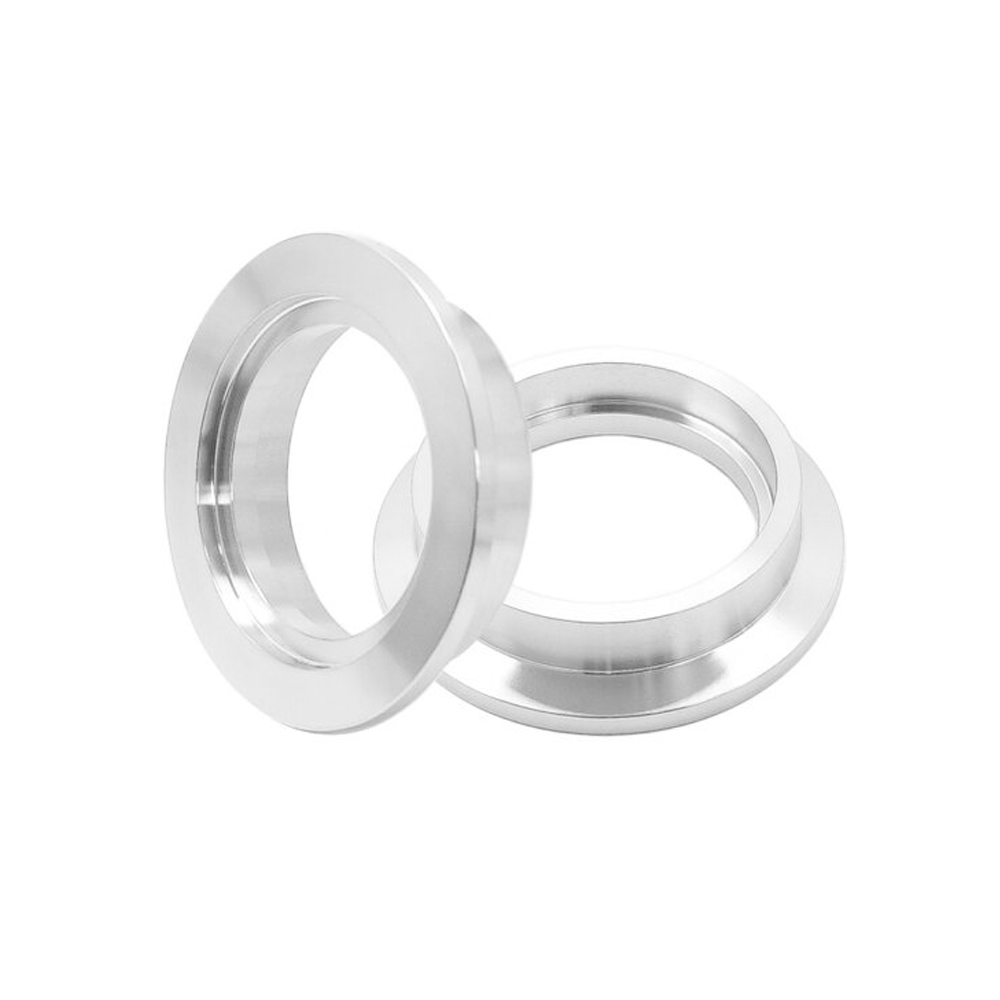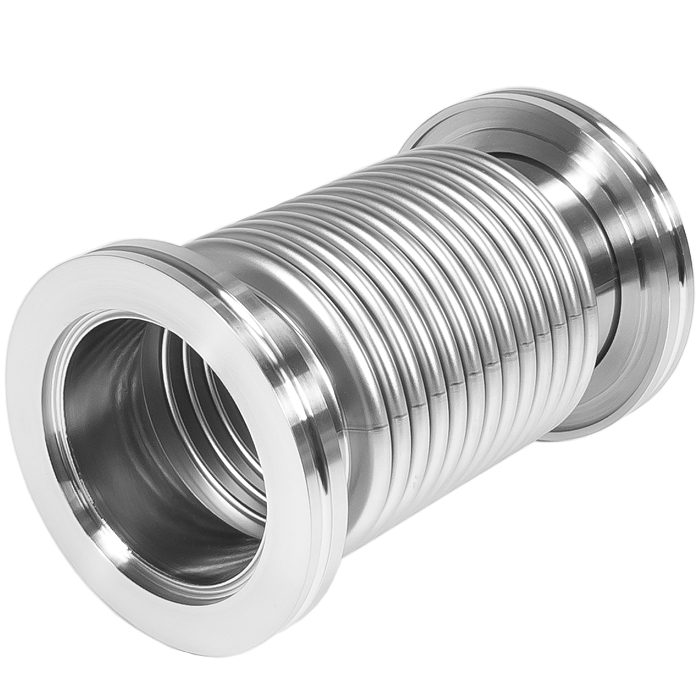
The Role of Various Vacuum Pumps in a Vacuum System
Because the performance of various vacuum pumps can meet the common points of vacuuming the container, there are still differences. Therefore, it is very important to clearly understand the work tasks of the pump in the vacuum system when selecting it. The functions of the pump in various work areas can be summarized in the following aspects.
1. as the main pump in the system
The so-called main pump is a vacuum pump that directly evacuates the pumped container of the vacuum system to obtain the vacuum degree required to meet the process requirements.
2. Rough pump
Upsetting pump refers to a vacuum pump that starts from atmospheric pressure and reduces the pressure of the vacuum system to reach another pumping system.
3. foreline pump
Foreline pump is a vacuum pump used to maintain the foreline pressure of another pump below its highest permitted foreline pressure.
4.Maintain the pump
Maintenance pump refers to the failure to effectively use the main foreline pump when the vacuum system pumps down very little. For this reason, another auxiliary foreline pump with a lower pumping speed is equipped in the vacuum system to maintain the normal operation of the main pump or the low-pressure vacuum pump required for the evacuated container.
5. rough vacuum pump or low vacuum pump
Upsetting and low vacuum pumps refer to vacuum pumps that work in the range of low vacuum or rough vacuum pressure after reducing the pressure of the pumped container starting from the atmosphere.
6.High vacuum pump
High vacuum pump refers to the vacuum pump working in the high vacuum range.
7.Ultra-high vacuum pump
Ultra-high vacuum pump refers to a vacuum pump that works in the ultra-high vacuum range.
8. booster pump
Booster pump generally refers to a vacuum pump that works between a low vacuum pump and a high vacuum pump to increase the suction volume of the suction system in the middle pressure range or to reduce the requirement of the foreline pump.






